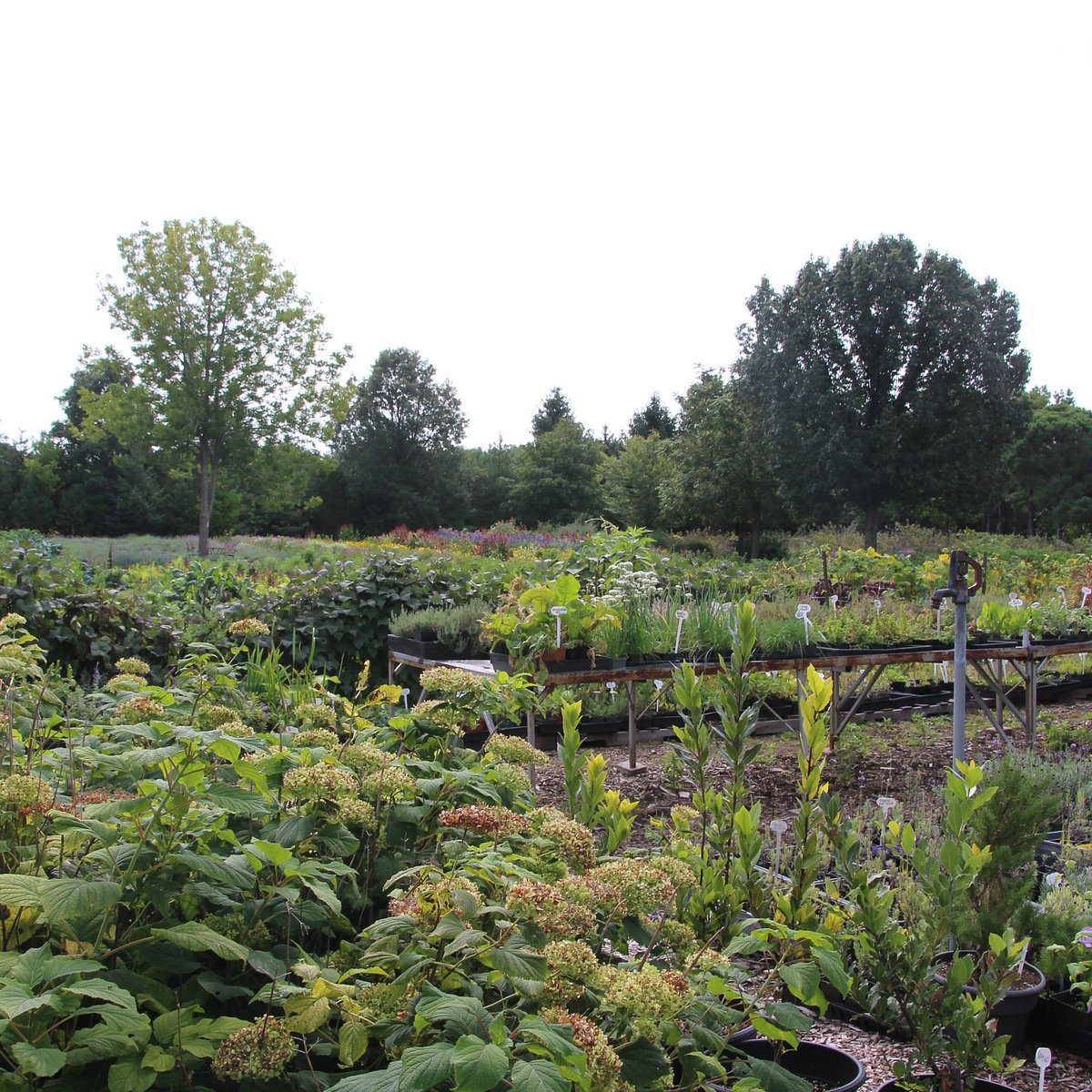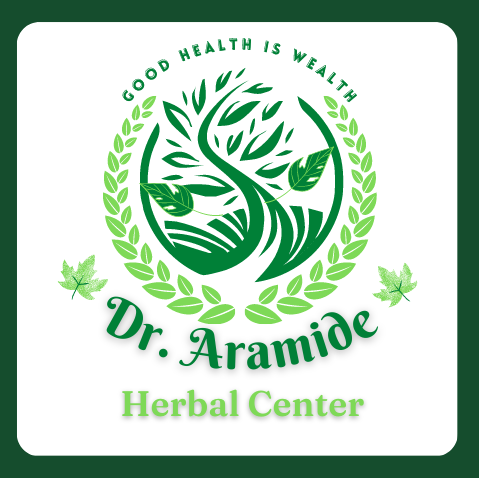
At Dr. Aramide Center, We offers the best and most powerful Herbal Medications And Supplements of outstanding quality, and the highest and most effective doses to obtain the best results while providing tips for a healthy lifestyle. We offer the safest and most effective organic packages and formulas with years of experience and international quality certifications.

The history of herbalism is closely tied with the history of medicine from prehistoric times up until the development of the germ theory of disease in the 19th century. Modern medicine from the 19th century to today has been based on evidence gathered using the scientific method. Evidence-based use of pharmaceutical drugs, often derived from medicinal plants, has largely replaced herbal treatments in modern health care. However, many people continue to employ various forms of traditional or alternative medicine. These systems often have a significant herbal component. The history of herbalism also overlaps with food history, as many of the herbs and spices historically used by humans to season food yield useful medicinal compounds, and use of spices with antimicrobial activity in cooking is part of an ancient response to the threat of food-borne pathogens
A BRIEF HISTORY OF HERBS
One of the oldest herbs in history is the popular Ginkgo biloba. Fossil records show that Ginkgo has been on earth at least since the Paleozoic period. Egyptians wrote one of the earliest known recorded medical documents around the 1500 BC called Papyrus Ebers. This 20-meter long scroll documents 700 plant-based remedies.
The first recorded herbal study, called the Shennong Bencaojing, was written around 2,000 BC by the Chinese Emperor Shen Nong (The Divine Farmer). He is known for a multitude of innovations such as seed preservation, dietary revolution (he advocated a vegetable-focused diet) and tasted hundreds of herbs. The document contains descriptions and information for 300 plants. During the Middle Ages, monks grew medicinal herbs. The liquor Bénédictine was made at the Benedictine Abbey of Fecamp in Normandy with 27 different plants and spices. Native Americans introduced the colonists to plants and herbs such as Black Cohosh, which is still used today for relieving menstrual cramps and menopause symptoms.* In fact, the American College of Obstetricians and Gynecologists recognizes the value of Black Cohosh.
In the early 1900s, innovations in chemical analysis allowed scientists to extract and modify active ingredients from plants. In America, clashes within the medical community and a growing infatuation with isolated chemicals led to the decline of herbal remedies. However, even today 40% of all pharmaceutical drugs are based on botanicals.
Today, the World Health Organization estimates that 80% of people rely on herbal medicines for some part of their primary healthcare. In fact, 70% of German physicians prescribe plant-based medicines.
Herbal medicine’s effectiveness and safety have stood the test of time. The popularity and longevity of herb use throughout the world are undeniable evidence of the healing power of plants. The use of herbal medicines has been extensively studied in Nigeria among adult and paediatric population with chronic illnesses such as herpes, hpv, epilepsy, hypertension, diabetes mellitus, cancer, sickle cell anaemia, arthritis, asthma Etc… Only a very few studies have specifically evaluated herbal medicine use among the general population. The current study assessed the prevalence of herbal medicine use among a general population of adults without chronic illnesses. A high prevalence of 66.8% observed in our study is similar to the rate (69.4%) observed in another adult population (with or without chronic illnesses) in Nigeria where herbal medicines were used concurrently with conventional medicines. However, the current rate of herbal medicine use was higher than the rates reported in Nigeria among adults with hypertension (39.1%), diabetes mellitus (46%), epilepsy (47.6%) and cancer (51.9%), and similarly higher than the rates (37.8%- 40%), herpes virus (24.1%) reported among adult patients in a setting of a health maintenance organization in Central Texas city, United States of America and among a general population in Finland, where herbal remedies were defined in the context of alternative medicines. The current rate was also almost thrice the value (23%) reported in children with asthma, epilepsy and sickle cell anaemia.
Herbal medicines were used for a variety of health conditions ranging from malaria to blood enrichment. Contrasting findings have been reported in the United States where herbal remedies were predominantly used to treat common cold and for general health maintenance. Malaria was the commonest indication for herbal medicine use in this study similar to a previous study in Nigeria. However, only 20% of our population used herbal medicines to treat malaria compare to 80% in the previous study. The wide disparity in the proportions of herbal medicine users for malaria in both studies may be as a result of the differences in herbal medicine definition. While we define herbal medicines as the use of plants’ parts for medicinal purposes, other studies defined herbal medicines as finished, labeled medicinal products of plant or non-plant origin. Malaria is a common public health problem in Nigeria that may adversely affect both human and capital resources. The emergence of chloroquine and sulphadoxime/pyrimethamine resistant malaria in Nigeria may have informed the use of herbal medicines by the respondents.
It is of concern that one-fifth of herbal medicine users in our study had no specific reason for the use. The lack of knowledge of potential harms of herbal medicines may have encouraged this practice. Given the high proportion of the participants (66.8%) who were herbal medicine users and the wide range of indications for their use, it is remarkable that only 12 herbal medicine preparations, involving 22 plants species, were used by the respondents. This finding is however contrasting to other studies that reported the use of high number of different plant species for chronic diseases such as diabetes in South Africa, inflammatory diseases in South-western Nigeria, and a wide range of acute and chronic illnesses in India. The exclusion of participants with chronic illnesses may have accounted for the low use of herbal medicine preparations observed in our study. The range of herbal medicines used by the respondents is quite different from those reported in other studies in Nigeria, Finland and the United States. This may be explained by the varied health conditions and cultural differences in each of the populations studied. Of the 12 different herbal medicine preparations used by the respondents, four of them (‘agbo jedi jedi’, ‘agbo iba’, ‘ijebu ode’ mixture and splina) were in their crude forms, while the remaining eight were refined into packaged forms. The regulatory framework in Nigeria has encouraged local production of herbal medicines in refined packaged forms, hence the proliferation of packaged herbal medicines in the Nigerian markets. Only the eight packaged herbal medicine preparations are likely to be certified by the National Agency for Food Drug Administration and Control (NAFDAC) for human use which may guaranty their safety. However, many of the herbal medicine preparations may supposedly contain similar ethnobotanical plant species, thus may put the respondents practicing herbal medicine polypharmacy at risk of toxicity. Adequate labeling of herbal medicine preparations and their packaged products with the constituent elements and a general public enlightenment programme on the need to read herbal medicine product labels very well may be necessary to avert herbal medicine toxicity. The levels of education of herbal medicine users have been shown to significantly influence their use in Nigeria but contrarily, in this study, there was no significant association between herbal medicine use and users’ level of education. The influence of relatives, friends and neighbours on health-care seeking preferences for herbal medicines has been reported globally in both adults and children. The high percentage (78.4%) of the respondents in this study influenced by parents, relatives, spouses, friends and colleagues to use herbal medicine preparation or products is comparable to the 60%-86% previously reported in Nigeria but higher than the 51.4% reported in the United States. Nevertheless, these findings further corroborate the fact that knowledge of herbal medicines are handed down from parents, relatives and friends and may not necessarily require any formal education.
Herbal medicines were considered safe by almost all its users. Safety of herbal medicines was erroneously attributed to their natural sources. This misconception was one of the reasons for using herbal medicines by pregnant women in Nigeria and other people in the developed countries. The fact that herbs are of natural origin does not automatically guaranty their safety. Several cases have been reported of herbal medicine preparations or products being adulterated with heavy metals, orthodox medicines or contaminated with microbes. The potential toxicity of herbal medicine preparations or products, as well as lack of safety warnings on their labels, are of concern regarding their use. Majority of the people who were herbal medicine users have tested and have seen that adverse effects does not occur with its use. However, associated severe acute renal failure and hepatic failure is to use herbal medicines. The proportion of patients (80%) who did not experience adverse effects is considerable and much higher as expected for herbal remedies in the United States. Further studies are therefore necessary in the future to assess the specific potential toxicities associated with different herbal remedies. One of the limitations of this study is that concurrent use of orthodox with herbal medicines was not evaluated. This is because individuals with chronic illnesses, who are likely to use prescribed orthodox medicines regularly, were excluded from the study. Our data represent one point in time and do not reflect changes in patients’ experiences with herbal medicines over time. Although, the demographics of the herbal medicine users in this study were similar to the characteristics of users previously reported, our findings may not be necessarily generalizable to other populations in Nigeria.
Herbal medicine use among adults without chronic illnesses is quite high in Lagos. Many people found herbal medicines to be safe, effective and beneficial does not produce adverse effects. Considering the magnitude of popularity of herbal medicines among patients and their levels of ignorance of the potential toxicities, it is necessary to evaluate the safety, efficacy and quality of these preparations and products which may involve clinical trial studies. Public enlightenment programme, in the form of health education about safe use of herbal medicines.
our mission
At Dr. Aramide Herbal Center, our goal is to help people make informed choices to improve their lifestyle and maintain their health. We strive to provide patients with the best services and are committed to bringing herbal medications of the best and highest quality. Our products are 100% organic with no artificial ingredients and no side effects, They hold national and international accreditation such as NAFDAC, GMP and ISO. Our products are manufactured in an FDA registered facility. We are focused on sustainable wellness practices and revitalizing a relationship with the plant world. Producing the highest quality products is our number 1 priority! We are excited to share our passion and to provide you with pure natural herbal cure for restoring overall health.

Feel the Excitement
Place with indirect sunlight and a constant temperature, Some plants can also tolerate a day in full sun, but then do ensure that it gets enough water. Otherwise it’ll dry out and can become sick.
A happy plant typically has shiny dark green leaves, its flowers are bright and its roots are pale.
Herbal Farm
Few roots and herbs for herbal cures available in our farm and more available in the local market which are very effective and without and complications, Grow some herbs today around you and take more of fruits and veggies for your body system.


